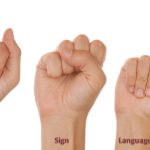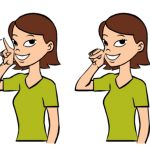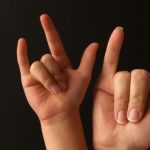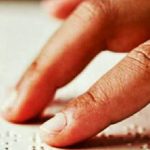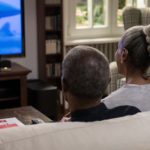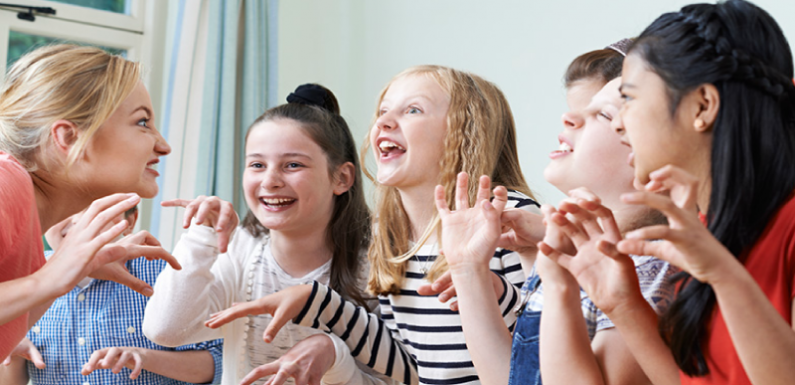
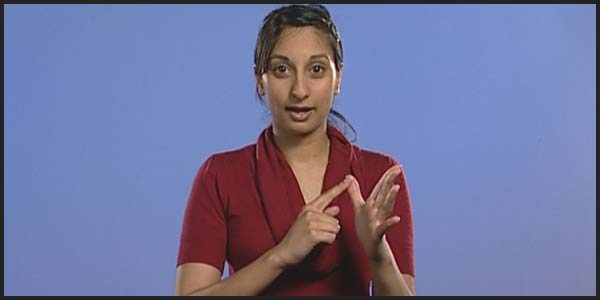
British Sign Language is a visual-gestural language with no written form that is standard. It’s own grammar utilizing facial expressions (non-manual attributes), handshapes and upper body movements to communicate significance. It is additionally a spatial and visual language.
Sign language can differ from nation to nation, even. British Sign Language has regional dialects. Within some areas, additionally, you will discover ‘local signs’ which can be classed as slang. And just like local slang in the city or almost any town, words and new phrases come in and out of fashion or simply evolve over time.
It’s recognized as the other languages of the United Kingdom including Gaelic, Welsh, and Scottish.
Let us have a look at few of its characteristics:
Finger spelling
British Sign Language a two-handed manual alphabet system whereas a one given system is used by other nations such as America.
Clarity and the rate of finger spelling also change between distinct signing communities. Typically, more fingerspelling is used by elderly Deaf people than younger Deaf people frequently linked to their educational upbringing.
Sign languages use the unique characteristics of the visual medium. Verbal language is linear. Sign language is visual; thus an entire scene might be taken in simultaneously. Info conveyed concurrently and may be loaded into several channels.
To add info regarding the drive, you’d need to make the phrase more (“I drove here along a twisting road”) or even add a second (“I drove here. It turned out to be a pleasant drive.”)
Positioning
The arrangement, creating of signs, space utilized regarding the setting. The signer puts or finds particular referents within the signing space in various sorts of connection together with the other referents and with the signer.
If this looks complicated, do not worry! It’s going to end up a lot clearer as you can learn British Sign Language and set what you learn and make into practice.
Non-manual features
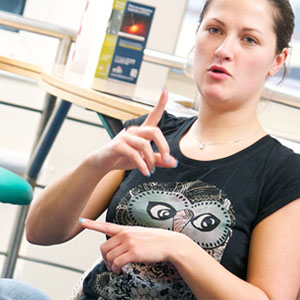 Non-manual features are activities generated by any portion of the body besides the hands. They contain activities of mouth, the eyes, cheeks, face, head, shoulders, and torso. They are a very significant feature of BSL and have various kinds of function within the structure of the language.
Non-manual features are activities generated by any portion of the body besides the hands. They contain activities of mouth, the eyes, cheeks, face, head, shoulders, and torso. They are a very significant feature of BSL and have various kinds of function within the structure of the language.
Handshapes
Numerous handshapes are separately categorized in BSL.
A couple of cases of different classifiers may be described as:
• Management/grasping: It’s possible for you to use different handshapes that reveal its use or hold something. As an example, sewing using a needle, or doing the ironing. All these are described as ‘iconic signs’ as they generally ‘look’ how you perform something.
• Level surfaces: You may have a distinct handshape that’ll signal if something has a level surface for example ‘flooring,’ ‘door’ or ‘wall.’
• Individuals and vehicles: This group of classifiers has a function that’s like the usage of pronouns in English. By way of example, different handshapes can suggest if one individual is in an activity or many individuals if you’re looking up at something. Also, various hand shapes suggest should you be discussing a vehicle or alternative mode of transportation.
Signing structure
All languages use different types of sentence structure, but generally, one type is used most frequently. In English, this is the SVO sentence (subject verb object). In the sentence ‘Sophie purchased an auto’ for instance, ‘Sophie’ is the theme, ‘purchased’ is the verb, and ‘auto’ is the objective.
A different type of sentence structure is known as ‘Subject Opinion Structure.’ This kind of structure isn’t used in English. It’s used so frequently in BSL that individuals have a tendency to describe BSL as a Subject Opinion Structure.
Click To Know More About : The History Of Sign Language Unveiled




